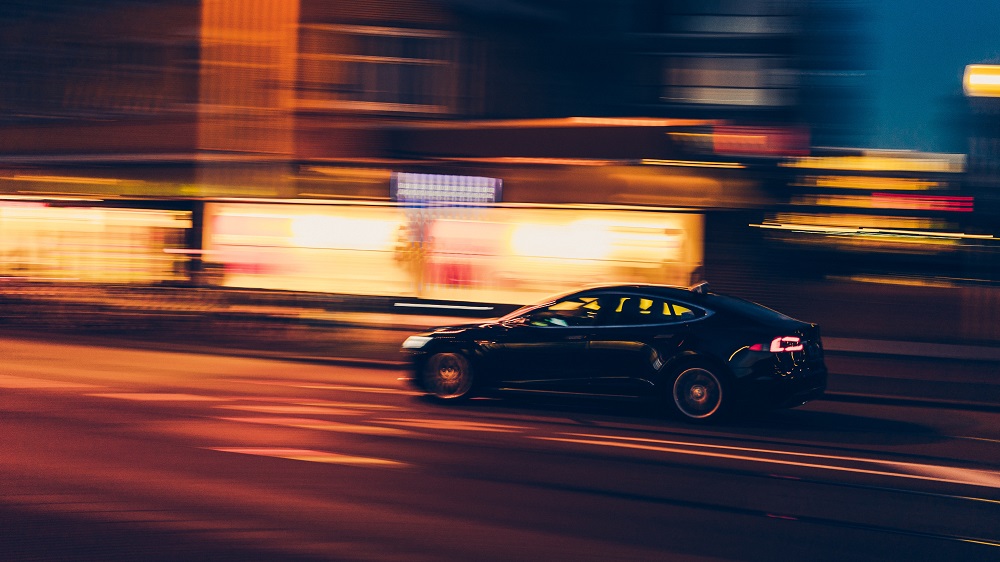What is E-Mobility?
- We all have heard the famous phrase “Kitna Deti hai”, and guess what we all do care about it. Here we are talking about engines. I don’t want to go so deep because there is a separate branch to do M.Tech on this topic, Yes Seriously.
- So long story short, our vehicles which we regularly take to gas stations are gasoline-powered, and the engine is a device which converts this chemical energy to heat and then heat to mechanical and that my friend rotates the wheels and makes you move.
- So the engine uses GasolineGasoline and which comes from crude oil and that we usually export, so we are dependent.
- Now E-Mobility we can say is the replacement of engines with electrical motors and fuel with batteries, And everything remains as it is.
Why E-Mobility?
- Energy Dependency – The transport sector accounts for 18% of total energy consumption in India, Which translates to an estimated 94 million tonnes of oil equivalent (MTOE) energy. Now that’s huge, and if we were to follow the current rate, we would require 200 MTOE of energy supply, and the problem is most of it comes from outside where we have no control. So dependency is kind of not right for us because their actions can affect us.
- Emission: 142 Million tonnes of CO2 annually, yes, that’s true, This is how much CO2 our Transportation sectors emit. So if we want our generations to live on this planet, we need to take it seriously.
- Lack of Crude Oil: The fossil fuel is getting reduced day by day, and that’s scary.
So this is precisely the situation we are doomed until we do something. And here is our savior, “The E-Mobility.”
So there is the phrase “Jahan Chaah Vahan Raah,” or we can say, “If there is a will, there is away.” E-Mobility solves every problem the Gasoline creates.
- Dependency- Nup, We create it as much as we want.
- Pollution- Ever seen something coming out of your electrical appliances? Nup, Me neither.
So, Man, what’s the problem? Replace every moving vehicle with electricity, right? Easy!!!
No, there are some problems, and the biggest one is Infrastructure. We want E-Mobility to support India’s rapid economic growth, rising urbanization, travel demand, and country’s energy security, and for that, we need a robust Infrastructure. We need companies to make efficient electric vehicles, which can be an alternative to current gasoline vehicles, and we want them cheap or within the same range of existing options we have. We need charging stations, and we need lots of them. We need fast charging, Right now, the time taken to fill the tank is negligible, but still, there are lines at petrol pumps. Imagine if one vehicle takes 10 Min to charge.
So basically, this is not going to happen overnight, But it will happen for sure. Each right step will take us there, and our government is just doing that. Let’s have a look at what govt. of India is doing so far.
- The Ministry of Heavy Industries has shortlisted 11 cities in the country for the introduction of EVs in their public transport systems under the FAME [Faster Adoption and Manufacturing of (Hybrid) and EVs in India] scheme & Approved the FAME-II project with a fund requirement of $1.39 bn for FY 2020–22.
- GOI will also set up incubation centers for startups working in EV space.
- The National Mission for Electric Mobility has launched the National Electric Mobility Mission Plan (NEMMP) – 2020, intending to invest INR 140 bn in the next eight years for the development of electric Infrastructure.
- The Electric Vehicle Policy 2019 was announced recently by the government. It offers to waive off-road taxes and registration charges till 2024 and provides hefty subsidies on charging equipment.
- To bolster the charging Infrastructure, there is a de-licensed activity to set up a charging station, and the electricity received from any company would be free of cost.
- Private charging stations are permitted at residential places, and any charging station can get electric power from any company through open access protocols.
- To promote sustainable mobility, India has built one lakh kilometers of roads in at least 11 states using discarded plastic.
And if we see around us, a new startup or product is coming up each day to make us leave the old way and accept the new approach.
But it just starts, and for a country like India, Changes take time.
Featured Image: Photo by Jannes Glas on Unsplash






